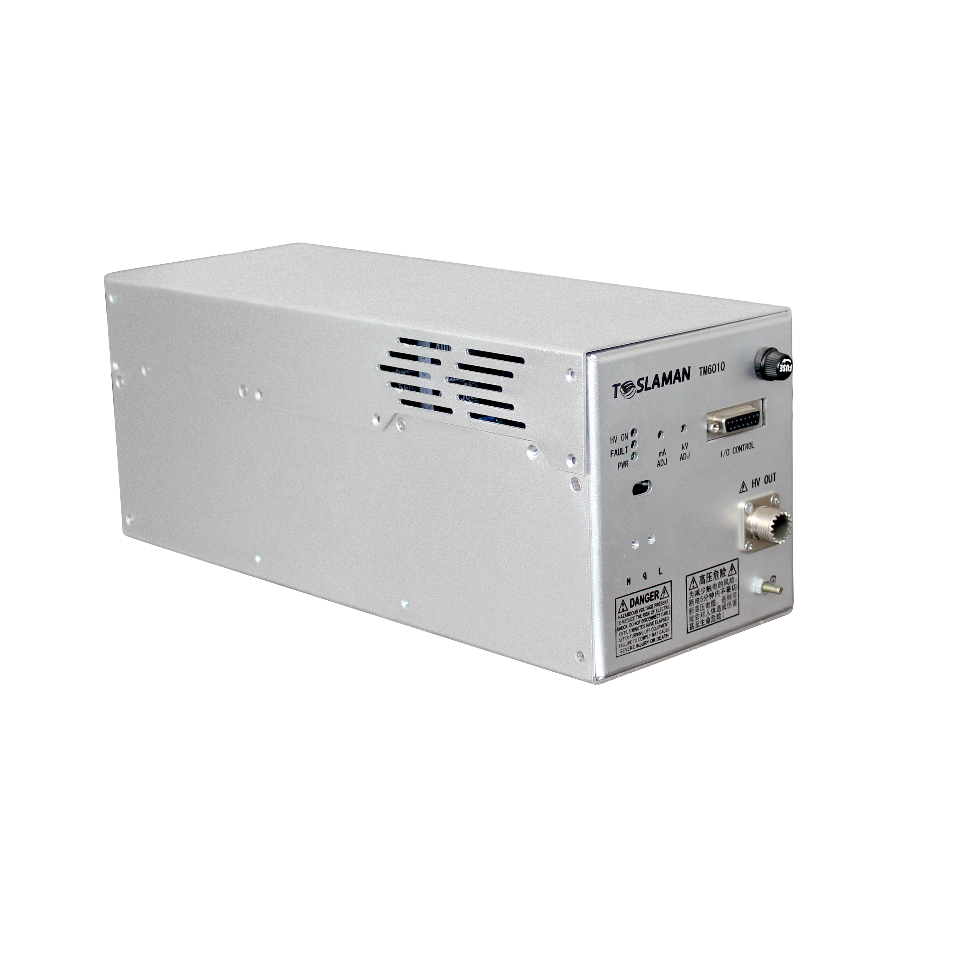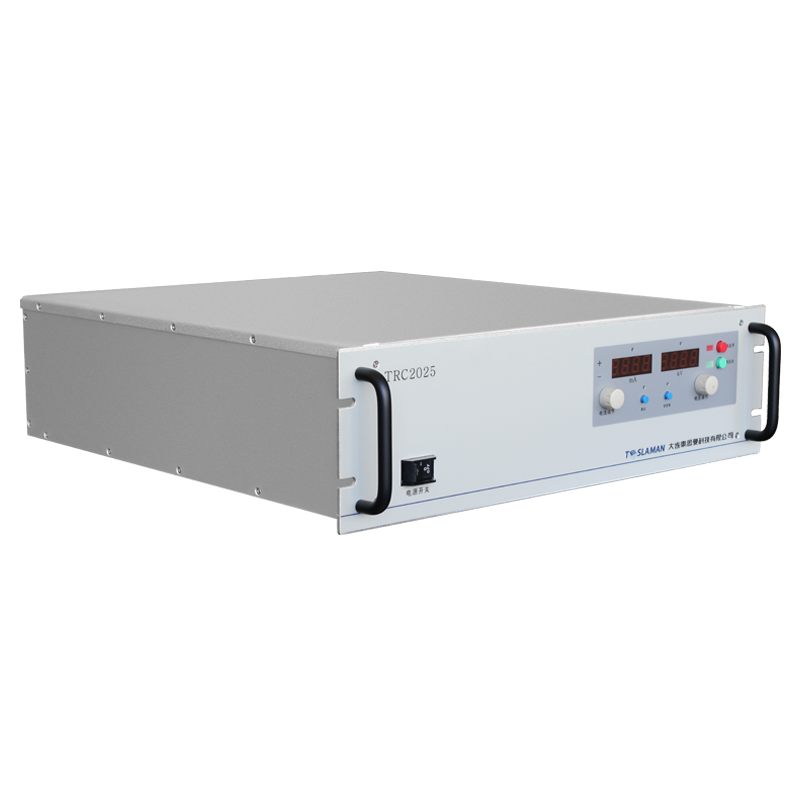Innovative Technology: Multidisciplinary Integration of High-Voltage Power Supplies in Electrostatic Charging Research
With the rapid development of modern technology, the application of high-voltage power supplies in various fields has gradually attracted attention. Particularly in the field of electrostatic charging research, high-voltage power supplies play an important role. This article will explore the application of high-voltage power supplies in electrostatic charging research and the impact of multidisciplinary integration on this research area.
I. Application of High-Voltage Power Supplies in Electrostatic Charging Research
Electrostatic charging research is the science of exploring the distribution of charges on material surfaces and related phenomena. In this research area, high-voltage power supplies are crucial, mainly in the following aspects:
1. Establishing a high-voltage electric field: Electrostatic charging research requires high voltage to generate an electrostatic field, thereby causing charges to accumulate on the material surface. High-voltage power supplies can provide stable and reliable high-voltage output for the research, ensuring the smooth progress of the experiment.
2. Controlling voltage and current: In electrostatic charging experiments, high-voltage power supplies must be able to accurately control the voltage and current to achieve precise regulation of the charging phenomenon. In addition, high-voltage power supplies should have safety protection functions to prevent safety accidents caused by improper operation.
3. Monitoring and recording: High-voltage power supplies should be able to monitor voltage, current, and other parameters in real-time and record the data. This allows researchers to monitor the experimental process in real-time and analyze the experimental results in detail.
II. Impact of Multidisciplinary Integration on Electrostatic Charging Research
Electrostatic charging research involves multiple disciplines, such as physics, chemistry, materials science, etc. Multidisciplinary integration has a positive impact on the development of this research area, mainly manifested in the following aspects:
1. Theoretical research deepening: Multidisciplinary integration allows researchers to theoretically analyze electrostatic charging phenomena from different perspectives, enhancing their understanding of this phenomenon. For example, combining electromagnetic theory and quantum mechanics theory, researchers can more accurately describe the distribution and migration rules of charges on material surfaces.
2. Experimental technology improvement: Multidisciplinary integration promotes the improvement and innovation of experimental techniques. For example, using advanced laser technology and nanomaterials preparation technology, researchers can more accurately control experimental conditions, thus exploring the mysteries of electrostatic charging phenomena more deeply.
3. Application field expansion: Multidisciplinary integration brings broader application prospects to electrostatic charging research. For example, in the field of environmental protection, electrostatic charging technology can be used for air purification and water purification; in the energy field, electrostatic charging technology can be used for high-efficiency energy conversion and storage.
In conclusion, high-voltage power supplies play an important role in electrostatic charging research, and multidisciplinary integration injects new vitality into this research area. In the future, with the continuous development of science and technology, the application of high-voltage power supplies in electrostatic charging research will become more extensive and profound.




















